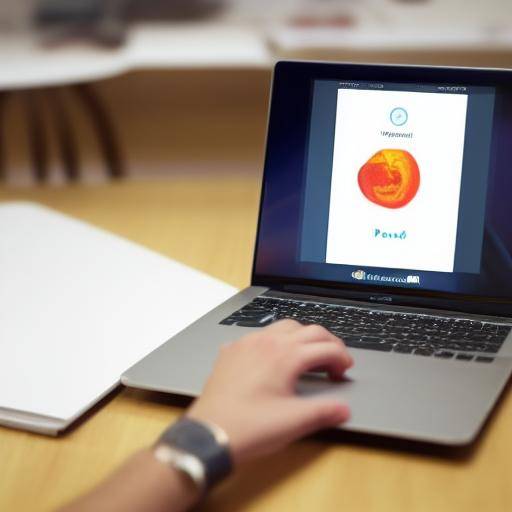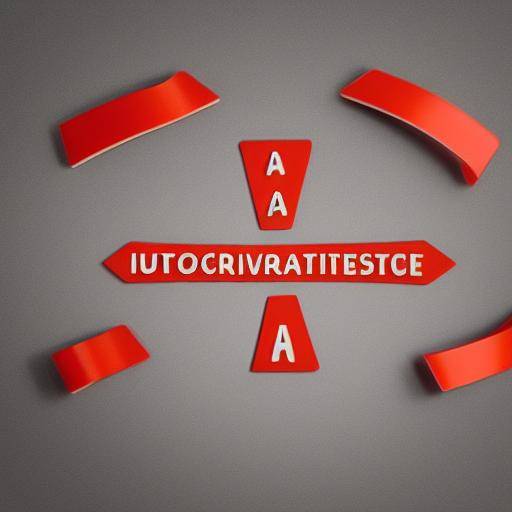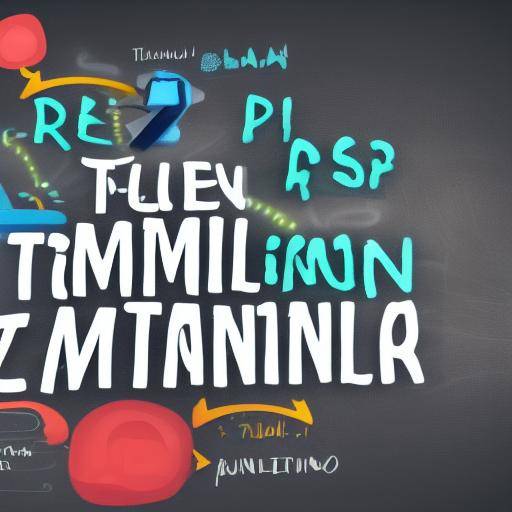
Introduction
Efficient time management is crucial to students' academic performance. In a world where distractions are abundant, finding effective methods to maximize the study is essential. In this article we will explore in detail the Pomodoro technique, a popular time management strategy that has proven to be highly effective for students of all ages. We will discover how to use it optimally to improve concentration, reduce procrastination and increase productivity in the study.
History and background
The Pomodoro technique, developed by Francesco Cirillo in the late 1980s, took its name from the popular chronometer in the form of tomato ("pomodoro" in Italian) that used to measure his time of study. This technique is based on the premise of working on specific time blocks, usually 25 minutes, followed by short breaks. Over time, the technique has evolved to adapt to modern study needs, being adopted by students from around the world.
This technique has been widely recognized for its ability to improve concentration, promote efficient time management and reduce mental exhaustion. Their popularity has grown exponentially in recent years due to the growing concern for the balance between work and personal well-being.
In-depth analysis
The Pomodoro technique offers a number of significant benefits for students. Studies have shown that working in short and focused intervals can improve information retention and reduce mental fatigue. In addition, this technique also promotes the ability to maintain concentration in a single task, which is invaluable in an academic environment full of potential distractions.
However, as with any method, there are challenges and considerations to take into account when applying the Pomodoro technique. Some students may find it difficult to adjust to fixed time blocks or experience fatigue due to the pressure to constantly surrender at short intervals. It is crucial to individually evaluate the effectiveness and adaptability of this method to the needs of each student.
Comprehensive review
Some of the best practices when implementing the Pomodoro technique include proper task planning, removing distractions during focus intervals and flexibility to adjust time blocks according to personal needs. It is essential to experience and adapt the technique to maximize its effectiveness in the academic world.
Comparison and analysis By comparing the Pomodoro technique with other time management strategies, it shows its uniqueness and complementary potential. The Pomodoro technique is distinguished by its focus at specific time intervals, in contrast to more flexible methods such as the 80/20 method or the Kanban approach. However, the combination of different approaches can be very effective in addressing the complexities of study and academic performance.
Recommendations and practical advice
- Identify common distractions and remove them during study intervals.
- Set clear and specific goals for each Pomodoro interval.
- Use technological tools such as timer applications to facilitate the implementation of the technique.
- Perform brief relaxation activities during breaks to revitalize concentration.
Industry perspectives and expert reviews
Education experts agree that the Pomodoro technique can be a valuable tool to improve academic performance. By providing a structured framework for the study, this technique can help students effectively manage the pressure and workload associated with academic life.
Case studies and practical applications
An outstanding example of the effectiveness of Pomodoro technique is its application in distance learning environments. Students using this technique report significantly higher levels of understanding of the topics studied and a greater sense of achievement when completing academic tasks.
Future trends and predictions
As education evolves towards more personalized and adaptable approaches, the Pomodoro technique aims to continue to play an important role in improving student performance. Technological applications are expected to continue to facilitate the application of this technique, providing students with more sophisticated tools to manage their study time effectively.
Conclusion
The Pomodoro technique offers students a structured and effective way to manage their study time, improve concentration and increase productivity. By adapting and customizing this technique to your individual needs, students can experience significant benefits in their academic performance. The successful application of Pomodoro technique requires practice and patience to find the optimal balance between focus and rest intervals.
Frequently asked questions
1. Is the Pomodoro technique suitable for all types of students?
The Pomodoro technique can adapt to the individual needs of students, regardless of their learning style. However, it is important to experiment with him and make adjustments according to his preferences and capabilities.
2. Can Pomodoro technique be used for long-term intensive studies?
Yes, the Pomodoro technique is highly effective for long-term intensive studies. By dividing the study time into manageable blocks, students can maintain optimal concentration levels and reduce mental fatigue.
3. How many Pomodoro intervals are recommended for a study session?
The usual recommendation is to make intervals of 3 to 4 Pomodoro followed by a longer break of 15-30 minutes. However, this can vary according to tolerance and individual needs.
4. Is the Pomodoro technique applicable to all subjects of study?
Yes, the Pomodoro technique is adaptable to a wide range of study materials. Their focus on time management and concentration makes it relevant to various academic areas.
5. Is there scientific evidence that supports the effectiveness of Pomodoro technique?
Yes, many scientific studies support the benefits of Pomodoro technique in terms of concentration, information retention and productivity.
6. How can I maintain motivation by implementing the Pomodoro technique?
Maintaining the motivation when using the Pomodoro technique involves setting clear goals and celebrating the achievements achieved by completing each study interval. In addition, it is useful to remember the long-term benefits of efficient time and concentration management.
Conclusion By effectively implementing the Pomodoro technique, students can experience significant improvements in their academic performance. This strategy offers a structured and practical way of managing the study time, which can lead to greater concentration, reduction of procrastination and a general increase in productivity.
By adapting the Pomodoro technique to their individual needs and using the practical advice provided, students can maximize their academic potential and achieve a healthy balance between study and personal well-being.






















































